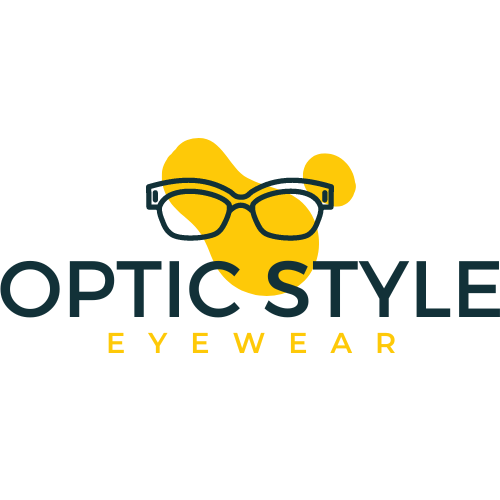LightAdaptive lenses, also known as photochromic lenses, have become increasingly popular in recent years due to their ability to adapt to changing light conditions. These lenses darken when exposed to UV light and lighten when indoors or in low light conditions. In this article, we will review the features, benefits, and limitations of LightAdaptive lenses.
One of the key features of LightAdaptive lenses is their ability to protect your eyes from harmful UV rays. When exposed to sunlight, the lenses darken and provide 100% UVA and UVB protection. This is particularly important as prolonged exposure to UV rays can lead to serious eye conditions such as cataracts and macular degeneration.
Another benefit of LightAdaptive lenses is their convenience. With these lenses, there is no need to switch between sunglasses and regular glasses when transitioning from indoors to outdoors. The lenses automatically adapt to the changing light conditions, providing optimal vision and protection at all times. This feature is particularly useful for those who spend a lot of time outdoors or frequently move between indoor and outdoor environments.
LightAdaptive lenses also offer improved visual comfort. By reducing glare and adjusting to the surrounding light, these lenses ensure that your eyes are not strained or fatigued. This is especially beneficial for individuals who work in bright environments or participate in outdoor activities that involve intense sunlight exposure.
Furthermore, LightAdaptive lenses provide excellent contrast enhancement. This means that objects appear more distinct and sharper, enhancing your visual perception. Whether driving, playing sports, or simply enjoying nature, these lenses can significantly improve your overall visual experience by enhancing colors and details.
Despite their numerous benefits, LightAdaptive lenses do have a few limitations. The speed at which the lenses darken or lighten can vary depending on the temperature and intensity of UV light. In colder temperatures, the lenses may take longer to darken, which can be inconvenient if you are suddenly exposed to bright sunlight. Additionally, these lenses may not darken as much inside a vehicle because the windshield filters out a significant portion of UV light. Therefore, individuals who spend a lot of time driving may not experience the full benefits of LightAdaptive lenses.
It is also important to note that LightAdaptive lenses may not be suitable for everyone. Individuals who require a prescription for their glasses may find that these lenses do not provide the necessary level of clarity and correction. In such cases, it is recommended to consult with an eye care professional to determine the best lens option for your specific needs.
In conclusion, LightAdaptive lenses offer many benefits, making them an attractive option for those seeking convenience, protection, and improved visual comfort. These lenses provide automatic adaptation to changing light conditions, ensuring optimal vision and protection from harmful UV rays. However, they do have some limitations, such as temperature-dependent speed of adaptation and reduced darkening inside a vehicle. It is crucial to consider these factors and consult with an eye care professional to determine if LightAdaptive lenses are the right choice for you.
